The Hartford 2012 Annual Report Download - page 79
Download and view the complete annual report
Please find page 79 of the 2012 The Hartford annual report below. You can navigate through the pages in the report by either clicking on the pages listed below, or by using the keyword search tool below to find specific information within the annual report.-
 1
1 -
 2
2 -
 3
3 -
 4
4 -
 5
5 -
 6
6 -
 7
7 -
 8
8 -
 9
9 -
 10
10 -
 11
11 -
 12
12 -
 13
13 -
 14
14 -
 15
15 -
 16
16 -
 17
17 -
 18
18 -
 19
19 -
 20
20 -
 21
21 -
 22
22 -
 23
23 -
 24
24 -
 25
25 -
 26
26 -
 27
27 -
 28
28 -
 29
29 -
 30
30 -
 31
31 -
 32
32 -
 33
33 -
 34
34 -
 35
35 -
 36
36 -
 37
37 -
 38
38 -
 39
39 -
 40
40 -
 41
41 -
 42
42 -
 43
43 -
 44
44 -
 45
45 -
 46
46 -
 47
47 -
 48
48 -
 49
49 -
 50
50 -
 51
51 -
 52
52 -
 53
53 -
 54
54 -
 55
55 -
 56
56 -
 57
57 -
 58
58 -
 59
59 -
 60
60 -
 61
61 -
 62
62 -
 63
63 -
 64
64 -
 65
65 -
 66
66 -
 67
67 -
 68
68 -
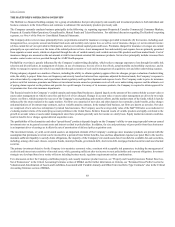 69
69 -
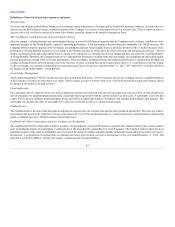 70
70 -
 71
71 -
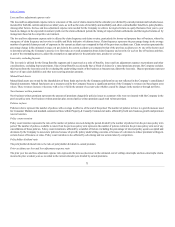 72
72 -
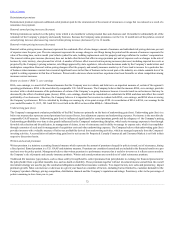 73
73 -
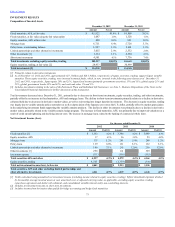 74
74 -
 75
75 -
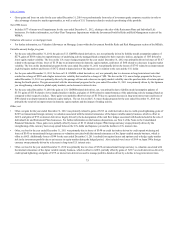 76
76 -
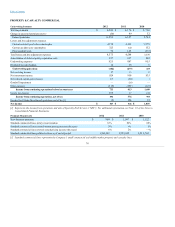 77
77 -
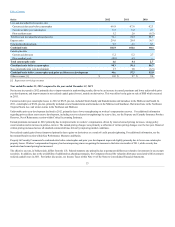 78
78 -
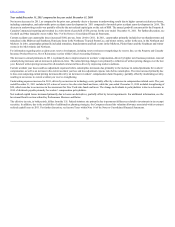 79
79 -
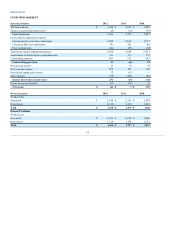 80
80 -
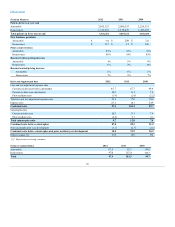 81
81 -
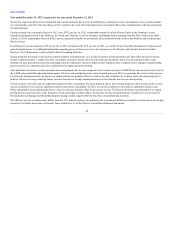 82
82 -
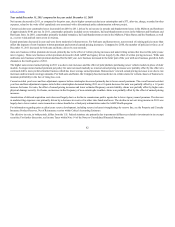 83
83 -
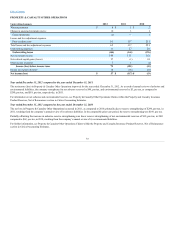 84
84 -
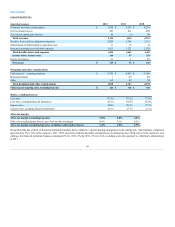 85
85 -
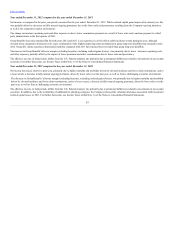 86
86 -
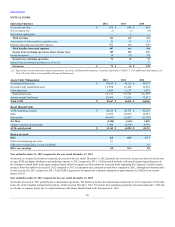 87
87 -
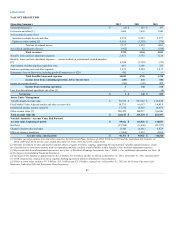 88
88 -
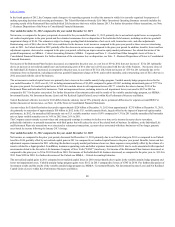 89
89 -
 90
90 -
 91
91 -
 92
92 -
 93
93 -
 94
94 -
 95
95 -
 96
96 -
 97
97 -
 98
98 -
 99
99 -
 100
100 -
 101
101 -
 102
102 -
 103
103 -
 104
104 -
 105
105 -
 106
106 -
 107
107 -
 108
108 -
 109
109 -
 110
110 -
 111
111 -
 112
112 -
 113
113 -
 114
114 -
 115
115 -
 116
116 -
 117
117 -
 118
118 -
 119
119 -
 120
120 -
 121
121 -
 122
122 -
 123
123 -
 124
124 -
 125
125 -
 126
126 -
 127
127 -
 128
128 -
 129
129 -
 130
130 -
 131
131 -
 132
132 -
 133
133 -
 134
134 -
 135
135 -
 136
136 -
 137
137 -
 138
138 -
 139
139 -
 140
140 -
 141
141 -
 142
142 -
 143
143 -
 144
144 -
 145
145 -
 146
146 -
 147
147 -
 148
148 -
 149
149 -
 150
150 -
 151
151 -
 152
152 -
 153
153 -
 154
154 -
 155
155 -
 156
156 -
 157
157 -
 158
158 -
 159
159 -
 160
160 -
 161
161 -
 162
162 -
 163
163 -
 164
164 -
 165
165 -
 166
166 -
 167
167 -
 168
168 -
 169
169 -
 170
170 -
 171
171 -
 172
172 -
 173
173 -
 174
174 -
 175
175 -
 176
176 -
 177
177 -
 178
178 -
 179
179 -
 180
180 -
 181
181 -
 182
182 -
 183
183 -
 184
184 -
 185
185 -
 186
186 -
 187
187 -
 188
188 -
 189
189 -
 190
190 -
 191
191 -
 192
192 -
 193
193 -
 194
194 -
 195
195 -
 196
196 -
 197
197 -
 198
198 -
 199
199 -
 200
200 -
 201
201 -
 202
202 -
 203
203 -
 204
204 -
 205
205 -
 206
206 -
 207
207 -
 208
208 -
 209
209 -
 210
210 -
 211
211 -
 212
212 -
 213
213 -
 214
214 -
 215
215 -
 216
216 -
 217
217 -
 218
218 -
 219
219 -
 220
220 -
 221
221 -
 222
222 -
 223
223 -
 224
224 -
 225
225 -
 226
226 -
 227
227 -
 228
228 -
 229
229 -
 230
230 -
 231
231 -
 232
232 -
 233
233 -
 234
234 -
 235
235 -
 236
236 -
 237
237 -
 238
238 -
 239
239 -
 240
240 -
 241
241 -
 242
242 -
 243
243 -
 244
244 -
 245
245 -
 246
246 -
 247
247 -
 248
248 -
 249
249 -
 250
250 -
 251
251 -
 252
252 -
 253
253 -
 254
254 -
 255
255 -
 256
256 -
 257
257 -
 258
258 -
 259
259 -
 260
260 -
 261
261 -
 262
262 -
 263
263 -
 264
264 -
 265
265 -
 266
266 -
 267
267 -
 268
268 -
 269
269 -
 270
270 -
 271
271 -
 272
272 -
 273
273 -
 274
274 -
 275
275 -
 276
276 -
 277
277 -
 278
278 -
 279
279 -
 280
280 -
 281
281 -
 282
282 -
 283
283 -
 284
284 -
 285
285 -
 286
286 -
 287
287 -
 288
288 -
 289
289 -
 290
290 -
 291
291 -
 292
292 -
 293
293 -
 294
294 -
 295
295 -
 296
296 -
 297
297 -
 298
298 -
 299
299 -
 300
300 -
 301
301 -
 302
302 -
 303
303 -
 304
304 -
 305
305 -
 306
306 -
 307
307 -
 308
308 -
 309
309 -
 310
310 -
 311
311 -
 312
312 -
 313
313 -
 314
314 -
 315
315 -
 316
316 -
 317
317 -
 318
318 -
 319
319 -
 320
320 -
 321
321 -
 322
322 -
 323
323 -
 324
324 -
 325
325 -
 326
326 -
 327
327 -
 328
328 -
 329
329 -
 330
330 -
 331
331 -
 332
332 -
 333
333 -
 334
334 -
 335
335
 |
 |

Table of Contents
Year ended December 31, 2011 compared to the year ended December 31, 2010
Net income decreased in 2011, as compared to the prior year, primarily due to a decrease in underwriting results due to higher current accident year losses,
including catastrophes, and unfavorable prior accident years development in 2011 compared to favorable prior accident years development in 2010. The
decrease in underwriting results was partially offset by the net realized capital gain on the sale of SRS. The annual goodwill assessment for the Property &
Casualty Commercial reporting unit resulted in a write-down of goodwill of $30, pre-tax for the year ended December 31, 2011. For further discussion, see
Goodwill and Other Intangible Assets within Note 9 of the Notes to Consolidated Financial Statements.
Current accident year catastrophe losses increased $168, pre-tax, from 2010 to 2011. In 2011, catastrophes primarily included severe thunderstorms and
tornadoes in the Midwest and Southeast, Hurricane Irene in the Northeast, Tropical Storm Lee, and winter storms, earlier in the year, in the Northeast and
Midwest. In 2010, catastrophes primarily included tornadoes, thunderstorms and hail events in the Midwest, Plains States and the Southeast and winter
storms in the Mid-Atlantic and Northeast.
For information regarding prior accident years reserve development, including reserve (releases) strengthenings by reserve line, see the Property and Casualty
Insurance Product Reserves, Net of Reinsurance section within Critical Accounting Estimates.
The increase in earned premiums in 2011, is primarily due to improvements in workers’ compensation, driven by higher new business premium, renewal
earned pricing increases and an increase in policies-in-force. The earned pricing changes were primarily a reflection of written pricing changes over the last
year. Renewal written pricing increased for all standard commercial lines driven by improving market conditions.
Current accident year losses and loss adjustment expenses before catastrophes increased, due primarily to the increase in earned premiums for workers’
compensation, as well as an increase in the current accident year loss and loss adjustment expense ratio before catastrophes. The ratio increased primarily due
to loss costs outpacing earned pricing increases driven by an increase in workers’ compensation claim frequency, partially offset by moderating severity,
resulting in an increase in current accident year reserve strengthening.
Underwriting expenses increased in 2011, driven by an increase in technology costs, partially offset by a decrease in compensation related costs. The year
ended December 31, 2011 included a $12 release of reserves for other state funds and taxes, while the year ended December 31, 2010 included strengthening of
$20, which was due to an increase in the assessment for New York state funds and taxes. The change in dividends to policyholders is due to a decrease in
2010 of dividends payable primarily for workers’ compensation policyholders.
Net realized capital losses increased primarily due to losses on derivatives, partially offset by lower impairments. For additional information, see the
Investment Results section within Key Performance Measures and Ratios.
The effective tax rate, in both periods, differs from the U.S. Federal statutory rate primarily due to permanent differences related to investments in tax exempt
securities. In addition, due to the availability of additional tax planning strategies, the Company released the valuation allowance associated with investment
realized capital losses in 2011. For further discussion, see Income Taxes within Note 14 of the Notes to Consolidated Financial Statements.
78
